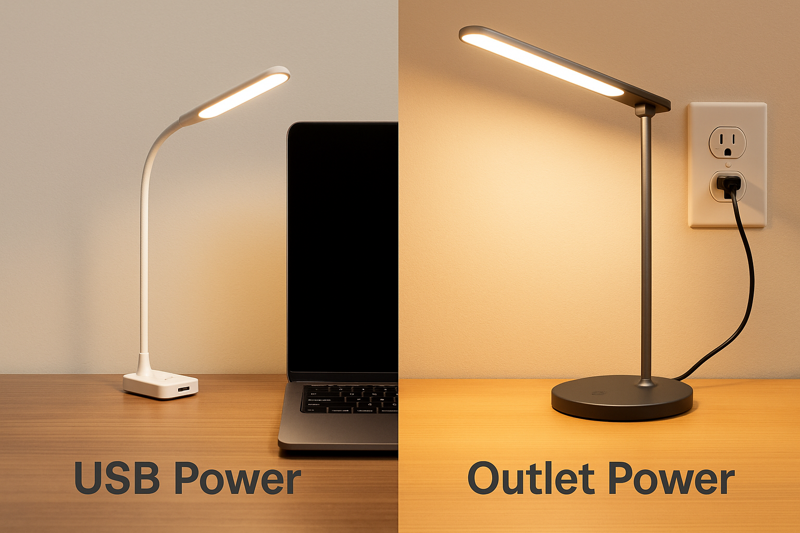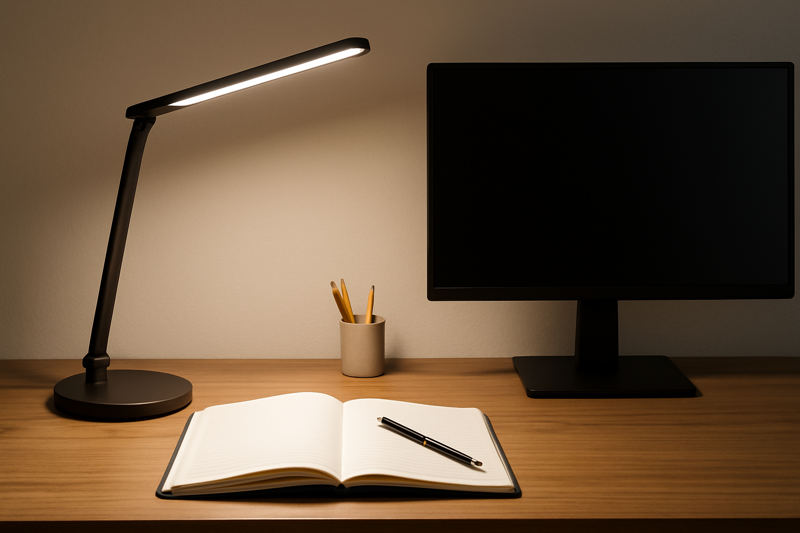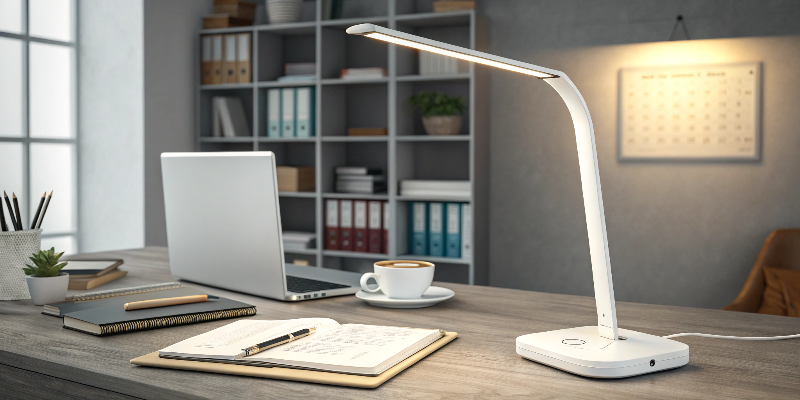
When it comes to lighting your space, the decision between a floor lamp and a table lamp depends on several factors such as room size, lighting needs, and aesthetics. Both types of lamps have their own unique benefits and drawbacks, and understanding these differences can help you choose the right one for your needs.
A floor lamp and a table lamp each have specific advantages. The best choice depends on how you plan to use the light, the space available, and the ambiance you're aiming for.
Let’s dive into the differences between floor lamps and table lamps to help you make the best choice for your space.
Which is better, floor lamp or table lamp?
Wondering which one is the better option for your space? Let’s compare the two.
It depends on the size of the room, the type of lighting you need, and how much space you have available.
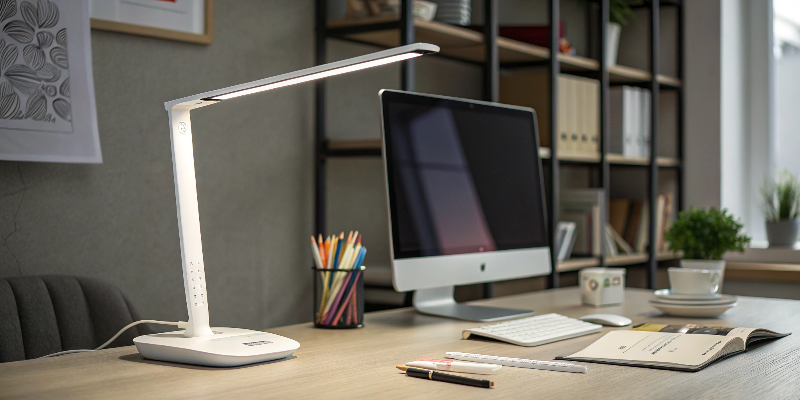
Pros and Cons of Floor Lamps
-
Pros:
- Taller, Wider Coverage: Floor lamps provide higher, broader light distribution, perfect for illuminating a larger area.
- Space-Saving: They can light up large spaces without taking up valuable desk space, which is ideal for living rooms or areas with limited surface area.
- Ambient Lighting: Floor lamps often have features like dimming or adjustable heads, making them great for creating ambient light throughout a room.
-
Cons:
- Limited Task Lighting: While good for general lighting, floor lamps aren’t ideal for close-up tasks like reading or working on a desk, unless they have adjustable heads.
Pros and Cons of Table Lamps
-
Pros:
- Focused Lighting: Table lamps are great for task lighting, such as reading, studying, or working at a desk.
- Decorative: They come in various styles and designs, adding aesthetic value to your space.
- Convenient: Table lamps provide direct, targeted light where you need it most, without needing to adjust or reposition them.
-
Cons:
- Space-Consuming: Table lamps take up desk or table space, which might be limited in smaller areas.
- Limited Coverage: They typically provide light for smaller, specific areas rather than illuminating a large space.
Ultimately, if you need task-specific, focused light, a table lamp is better. For broader illumination and ambient lighting, a floor lamp might be more suitable.
Do floor lamps use less electricity?
Are you wondering about energy consumption between floor lamps and table lamps? Let’s compare.
Floor lamps generally do not use less electricity than table lamps—energy use depends more on the type of bulb rather than the lamp itself.
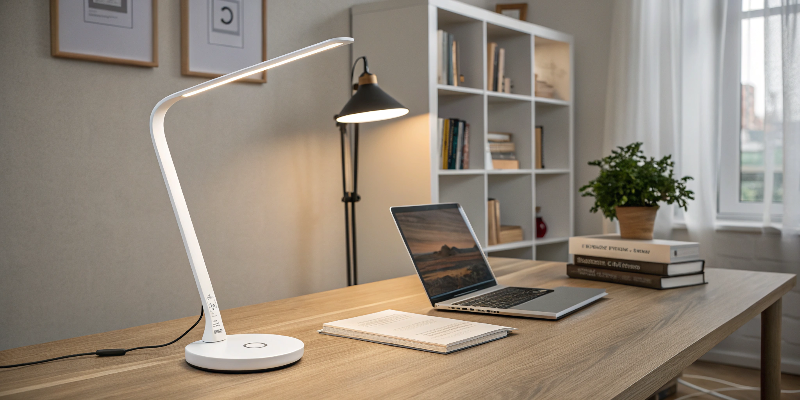
Energy Efficiency of Floor vs. Table Lamps
- LED Bulbs: Both floor and table lamps that use LED bulbs are highly energy-efficient, consuming minimal electricity.
- Incandescent or Halogen Bulbs: If you’re using an incandescent bulb in either lamp, it will use more electricity compared to a modern LED option.
- Fluorescent Bulbs: Fluorescent bulbs are energy-efficient and can be used in both floor and table lamps to save energy.
In general, the energy consumption of a lamp depends on the type of bulb used. For energy efficiency, choose LED bulbs in either floor or table lamps.
What are the disadvantages of a table lamp?
Are there any disadvantages to using a table lamp? Let's explore.
Table lamps, while very functional, come with a few drawbacks.

Disadvantages of Table Lamps
- Space Consumption: Table lamps take up valuable surface space, which could be used for other items such as books, gadgets, or decor.
- Limited Light Coverage: Table lamps typically focus on a smaller area, so they may not be the best for illuminating large rooms or areas.
- Potential for Clutter: Because they are placed on tables or desks, table lamps can add to the clutter if the surface area isn’t organized.
Although table lamps provide focused lighting, they are not ideal for general room illumination and can be a bit bulky on smaller surfaces.
What type of lamp gives the most light?
Looking for a lamp that provides the most light? Here’s what to consider.
Floor lamps, especially those with adjustable heads or multiple bulbs, generally give off more light than table lamps.
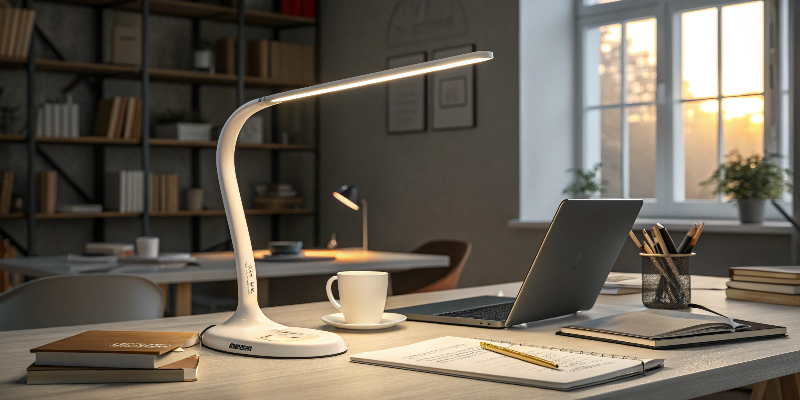
Which Lamp Provides the Most Light?
- Floor Lamps: Because of their height and potential for multiple bulbs, floor lamps can illuminate a larger area, making them ideal for general room lighting.
- Table Lamps: While they provide focused lighting, they often have lower wattage bulbs and are designed to light smaller areas (like a desk or side table).
If you need widespread illumination, floor lamps with higher wattage or multiple bulbs will provide the most light for a larger area.
Is it safe to leave a floor lamp on all night?
Wondering if it’s safe to leave your floor lamp on overnight? Here’s what to know.
Leaving a floor lamp on all night is generally safe if the lamp is in good condition, uses energy-efficient bulbs, and is placed away from flammable materials.
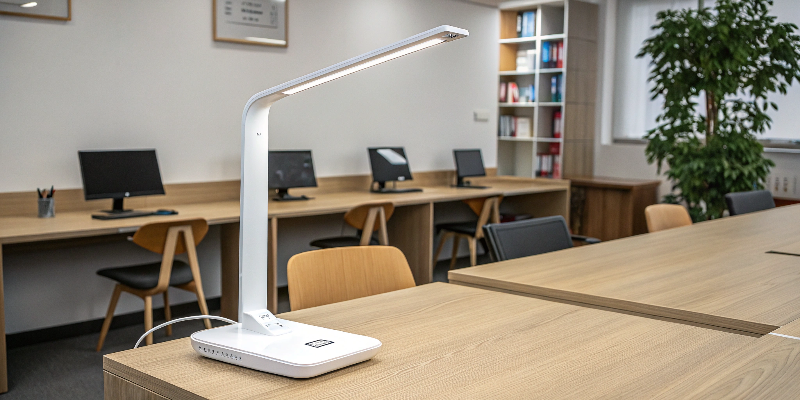
Safety Considerations for Leaving a Floor Lamp On
- Energy-Efficient Bulbs: Use LED bulbs to minimize energy consumption and reduce the risk of overheating compared to traditional incandescent bulbs.
- Avoid Overheating: Ensure that the lamp is in a well-ventilated area, especially if it uses a bulb that generates a lot of heat.
- Automatic Shut-Off: Consider using a floor lamp with an automatic timer or a smart plug to turn the light off after a certain time, ensuring safety.
If you leave a floor lamp on overnight, ensure it is not in a high-traffic area, and use energy-efficient bulbs to avoid unnecessary risks.
What kind of lamp is best for a living room?
Need a lamp for your living room? Here’s what you should consider.
For a living room, a combination of ambient lighting (floor lamps), task lighting (table lamps), and accent lighting creates the perfect atmosphere.
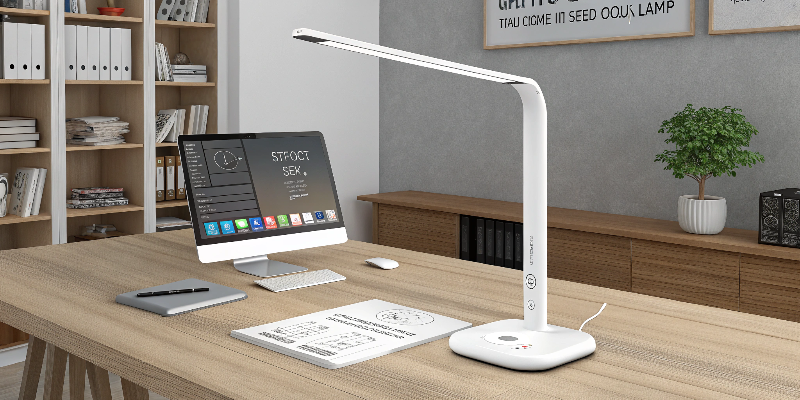
Best Lamps for Living Rooms
- Floor Lamps: Ideal for general illumination, especially in larger spaces, as they provide soft, ambient light that fills the room.
- Table Lamps: Great for smaller side tables, reading nooks, or creating a cozy atmosphere with focused lighting.
- Accent Lamps: Use accent lamps or decorative lighting to highlight architectural features, artwork, or plants.
In a living room, a floor lamp combined with a few table lamps offers both functional and decorative lighting that enhances the room's ambiance.
Conclusion
Choosing between a floor lamp and a table lamp depends on your lighting needs. If you need broader light coverage for larger spaces, a floor lamp is the best option. However, for focused lighting and smaller spaces, a table lamp is more appropriate. Both have unique benefits, and using a combination of both can create a balanced, functional, and stylish lighting setup for any room.


